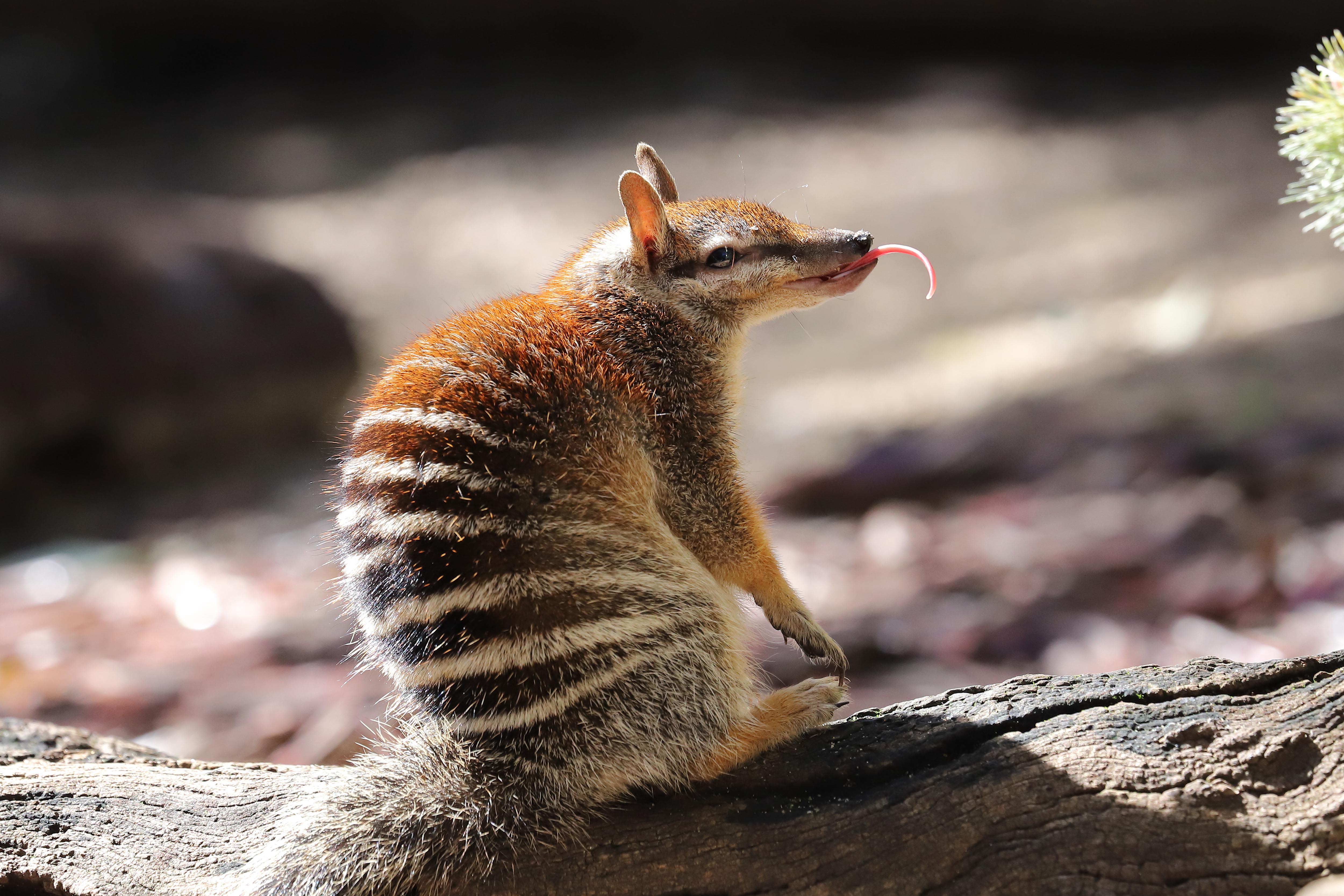In late June, the federal Department of Agriculture, Water and Environment released its five-year progress report on their national Threatened Species Strategy. With any progress report there are clear wins and also more work to do. We were thrilled to see the Wheatbelt get a few mentions, particularly in the trajectory of some of our most endangered species. But first, this is a snapshot of what the report had to say.
Feral cats take centre stage
Feral animal control remained front-and-centre of the report with more than 1.5 million cats culled nationally over the past five years. While this result was just short of the national target of 2 million, the Commissioner says,
“Progress against these targets has been impressive, but what has been equally important is the change in the national conversation about cats in Australia over the Strategy period. Through the Strategy, scientists have been supported to determine and communicate the extent of feral cat impacts, natural resource managers have been empowered and supported to reduce feral cat numbers, and more Australians are expressing support for responsible pet ownership, which benefits their family pets as well as wildlife.”
It’s no secret that controlling feral animal populations is the lynch pin to protecting our most vulnerable species. We are proud to take a leadership role in feral pest management through our Sustainable Industries training programs and our highly successful Red Card For Rabbits And Foxes program which has seen more than 25,000 feral animals removed from regional areas in the past four years.
Wins in the Wheatbelt
Our community received a few acknowledgements throughout the report. In regards to predator management, Wadderin Sanctuary in Narembeen and the Dryandra Woodland predator-proof fence got a nod as part of the cat-free mainland enclosure projects that were successfully running across Australia.
In the report card for endangered species, Malleefowl populations remained stable across the country while the Black-footed Rock Wallaby and the Matchstick Banksia were listed as having improved their trajectory. While these outcomes are encouraging, these species are still not out of the woods. We are counting on our community-wide commitment to action to see these species start to flourish.
Traditional management of Country
A final highlight for us was the focus of the 2015-2020 plan was the increasing Indigenous engagement. The report recognised that the skills and knowledge of traditional owners was critical to the recovery of endangered species. Our Noongar Budja Rangers are a key part of our three-year plan in promoting responsible land management across all sectors.


